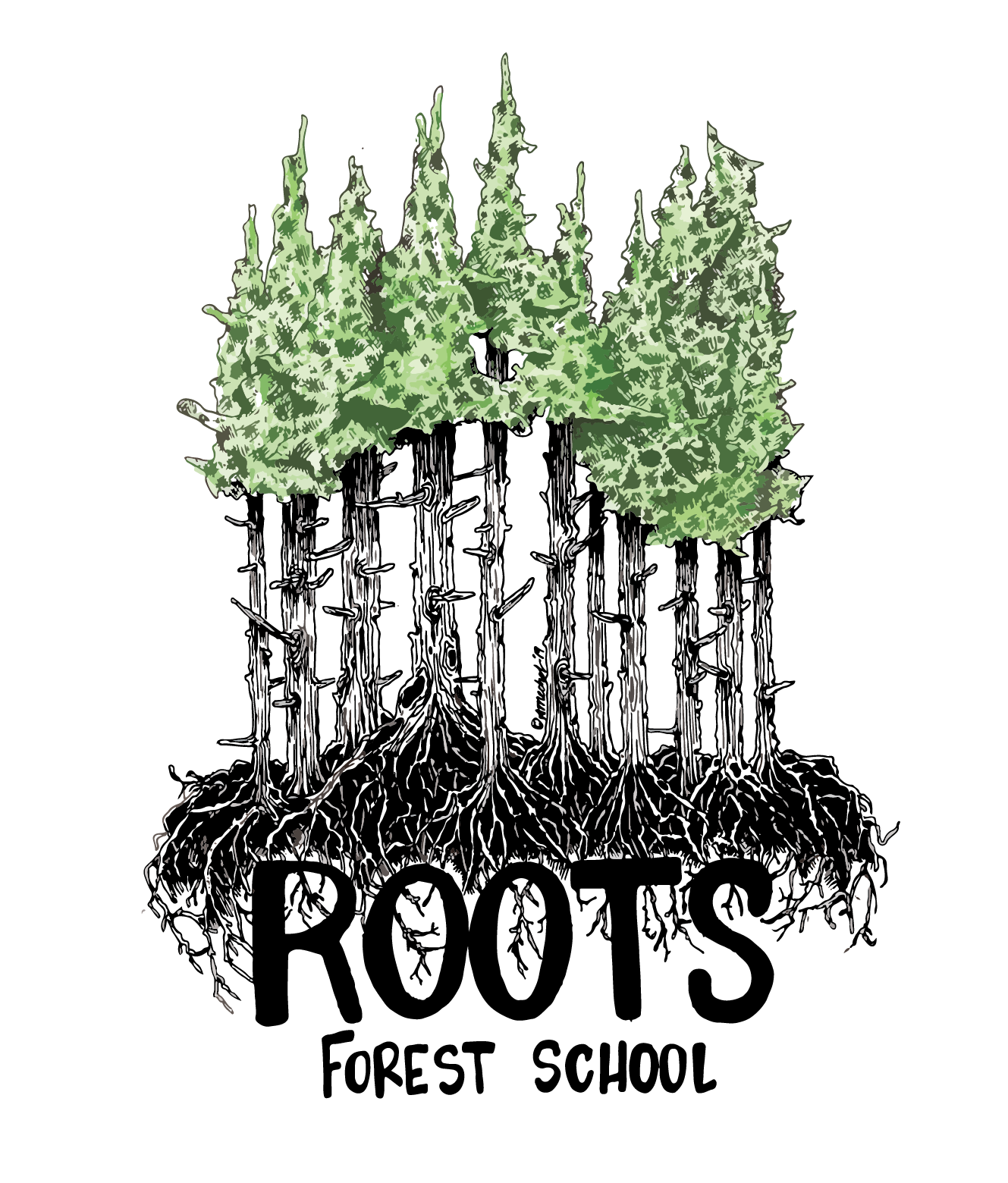Among the routines in our monthly rhythm in the Pine and Tamarack classes is a hike to the shore of Payette Lake. Because the lake is not directly adjacent to our classroom, a visit there highlights changes over time. Students make excited predictions in response to questions about what we will find at the lake: will we see someone paddling? any wildlife? do you think the lake is frozen yet?

The hike to the lake changes throughout the year as well, becoming increasingly slow and difficult as the snow deepens. Before we are halfway through our school year, we must use snowshoes to avoid sinking deep with each step.

Part of our time at the lake is spent in quiet observation using our senses. Students spread out and find their own ‘sit spot’ overlooking the lake so that they may focus on their surroundings. Teachers distribute cards with prompts to guide students’ observations. A student may receive a card with a picture of Brundage mountain, an ear, a thermometer, or other clues about weather, our surroundings, and our senses.

After this dedicated observation time, the class gathers together to first read the observations we recorded the previous month and then to share what they heard, felt, smelled, and saw. Through this record and our experiences, we heighten our awareness of seasonal changes on Payette Lake.

Students also have unstructured time to explore at the lake. The lake is a novel setting for exciting discoveries or familiar stories and games. Activities are influenced by the season and the materials available: snow, sand, rocks, sticks, ice, water. We feel fortunate to have the lake as our neighbor; we enjoy our visits and wonder what it will offer each time we return.

October: doing watercolors at the lake 
December: deer in the fog 
January: exploring different phases of water 
January: seeing if we can drill through the lake ice with the auger 
September: making shapes in the sand


Thank you, Maura. This is so beautiful and mindful. May we all see the changes around us every day. Hugs, Kathy